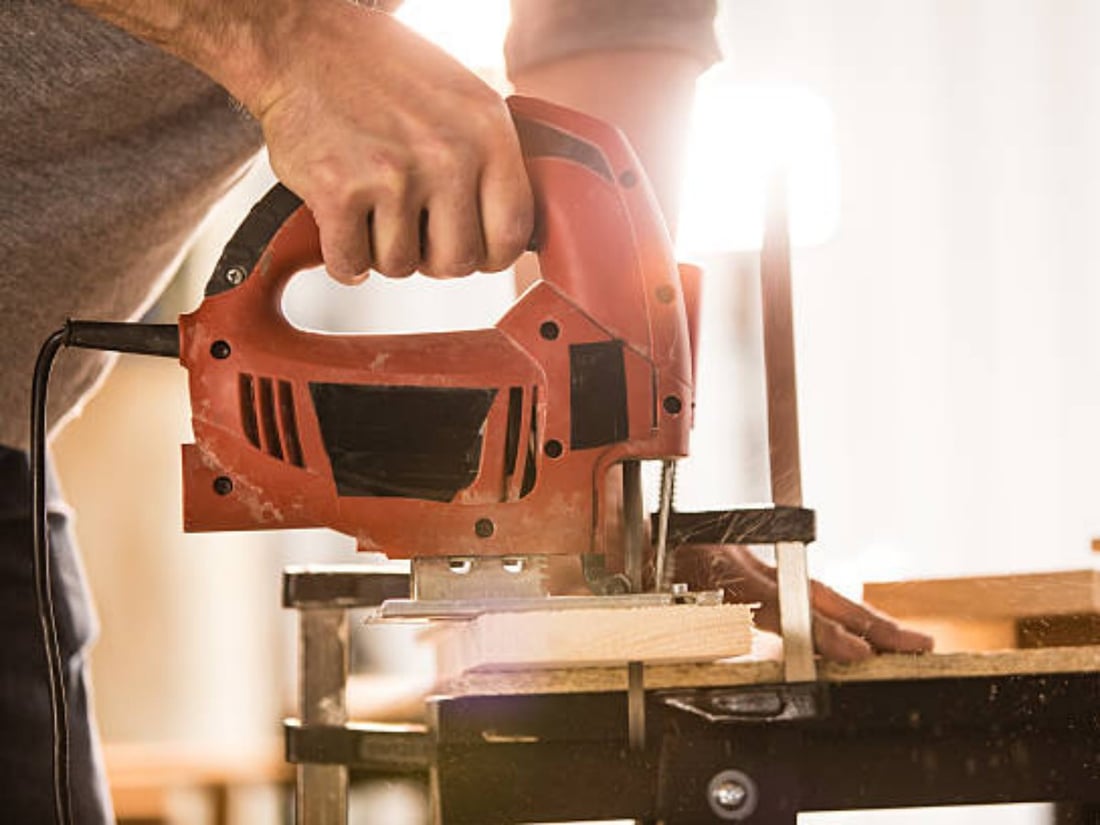1. Understanding jig saw blades for wood
Jig saws are powerful tools for cutting intricate shapes and curves in various materials, including wood. One essential component of a jig saw is the blade, which determines the quality and precision of the cuts. In this article, we will explore the different aspects of jig saw blades for wood, including their types, materials, tooth configurations, and other factors to consider when choosing the right blade for your woodworking projects.
2. Types of Jig Saw Blades for Wood
There are primarily two types of jig saw blades for wood: T-shank and U-shank. T-shank blades have a tang at the top that fits into a T-shaped slot in the jig saw's blade clamp, providing a secure and tool-free blade change. U-shank blades, on the other hand, have a U-shaped shank that requires a set screw to hold the blade in place. T-shank blades are more common and widely compatible with most modern jig saws.
3. Materials Used in Jig Saw Blades
Jig saw blades for wood are typically made from high-carbon steel, bi-metal, or carbide. High-carbon steel blades are affordable and suitable for general-purpose cutting in softwoods. Bi-metal blades, composed of two different metals, such as high-speed steel and high-carbon steel, offer enhanced durability and are ideal for cutting hardwoods and other tough materials. Carbide blades, featuring carbide grit or carbide-tipped teeth, are the most durable and can handle the toughest wood cutting tasks.
4. Tooth Configurations for Woodworking
The tooth configuration of a jig saw blade plays a crucial role in determining the cutting speed and finish quality. The two main tooth configurations for wood cutting are straight and progressive. Straight-tooth blades have equally spaced teeth, resulting in a smoother cut but slower cutting speed. Progressive-tooth blades have teeth that vary in size and spacing, allowing for faster cutting speeds but a rougher finish. Choosing the right tooth configuration depends on the desired balance between speed and finish.
5. Variable TPI (Teeth Per Inch)
Jig saw blades are available in various TPI options, which refer to the number of teeth per inch. Blades with a higher TPI provide smoother cuts with finer finishes, making them suitable for intricate woodworking projects. Lower TPI blades, on the other hand, are designed for faster cutting and are ideal for rough cuts in thicker wood materials. It is important to select the appropriate TPI based on the specific requirements of your woodworking project.
6. Blade Length and Width
The length and width of the jig saw blade also influence its cutting capabilities. Longer blades allow for deeper cuts and are suitable for thicker wood materials, while shorter blades offer better maneuverability and control for intricate cuts. Similarly, wider blades provide more stability and are ideal for straight cuts, while narrower blades excel at making curved and intricate cuts. Consider the thickness and complexity of your woodworking project to determine the appropriate blade length and width.
7. Cutting Speed and Feed Rate
When using a jig saw for wood cutting, it is important to maintain an appropriate cutting speed and feed rate. Cutting too fast can result in rough and inaccurate cuts, while cutting too slowly may cause excessive heat buildup and damage the blade. Experiment with different speeds and feed rates on scrap wood before starting your project to achieve optimal cutting performance and prevent blade wear.
8. Blade Maintenance and Lifespan
Proper maintenance and care can significantly extend the lifespan of your jig saw blades for wood. It is essential to clean the blades after each use to remove any wood residue or pitch buildup. Additionally, periodically inspect the blades for any signs of wear or damage, such as dull teeth or bent blades. Sharpening or replacing the blades as needed will ensure they remain effective and deliver precise cuts throughout their lifespan.
9. Safety Precautions
Woodworking involves inherent risks, and it is crucial to prioritize safety when using jig saw blades for wood. Always wear appropriate personal protective equipment, including safety goggles and gloves, to protect yourself from flying debris. Ensure the workpiece is securely clamped or held in place to prevent it from shifting during cutting. Familiarize yourself with the jig saw's safety features and follow the manufacturer's instructions for safe operation.
10. Choosing the Right Jig Saw Blade for Your Project
When selecting a jig saw blade for a woodworking project, consider the type of wood you will be cutting, the desired cut quality, and the complexity of the cuts. Refer to the blade's packaging or manufacturer's recommendations for specific wood types and cutting applications. It is also helpful to consult experienced woodworkers or seek professional advice to ensure you choose the most suitable blade for your specific needs.
If you are interested in our products or services, please feel free to contact us.


